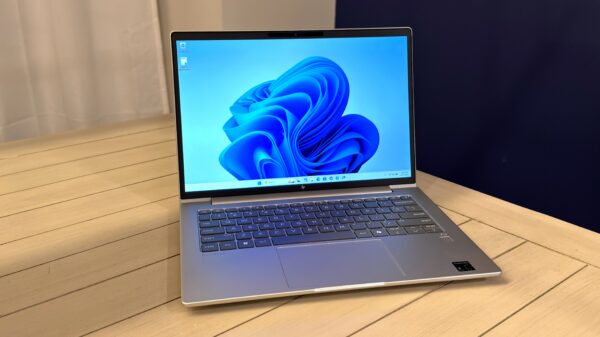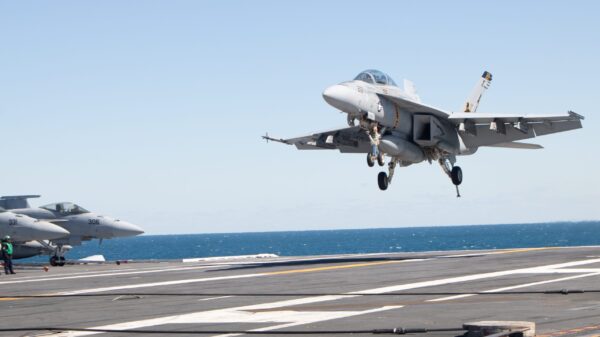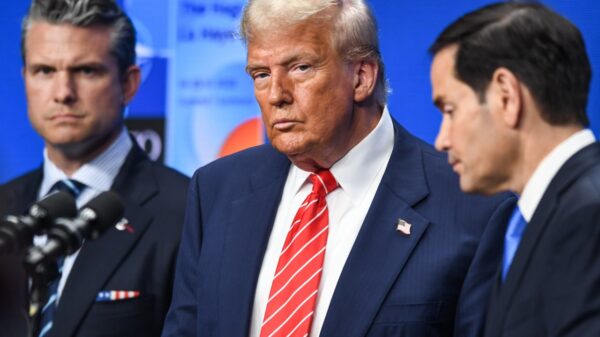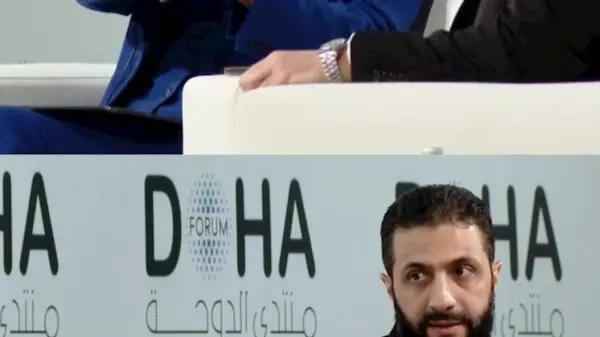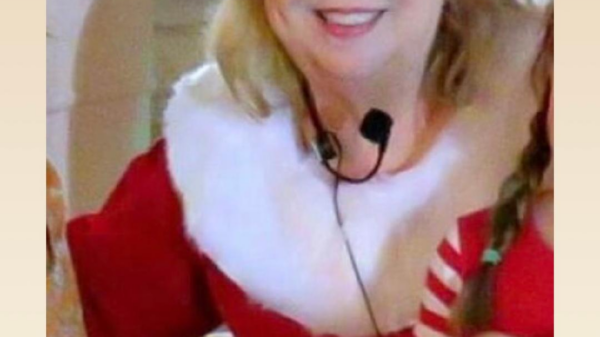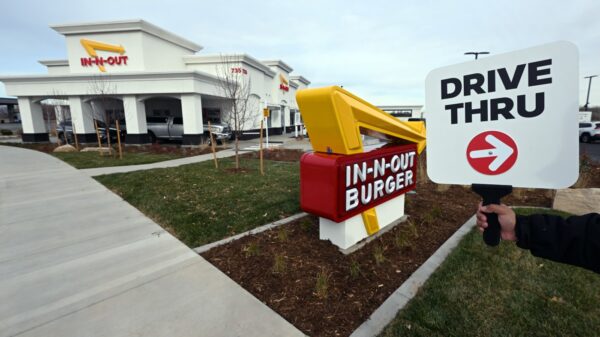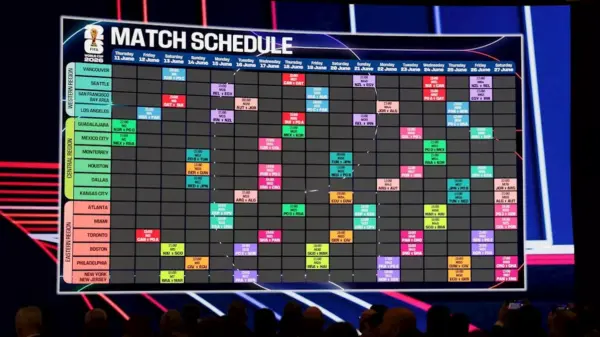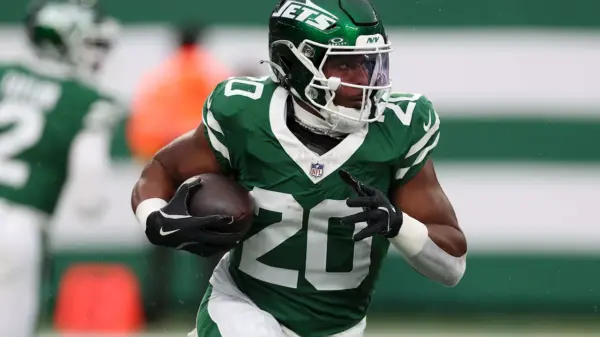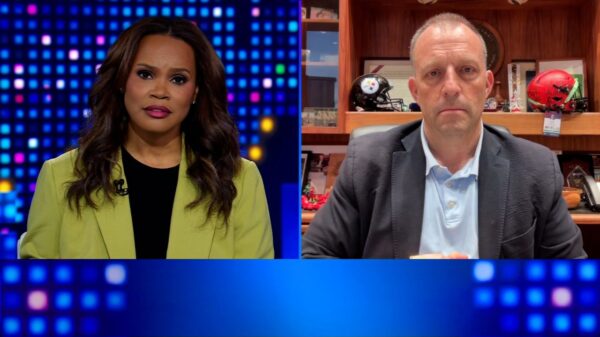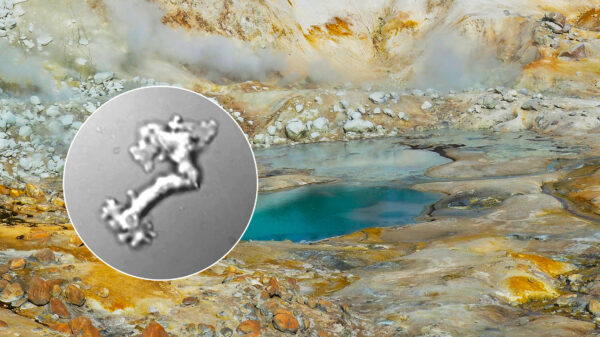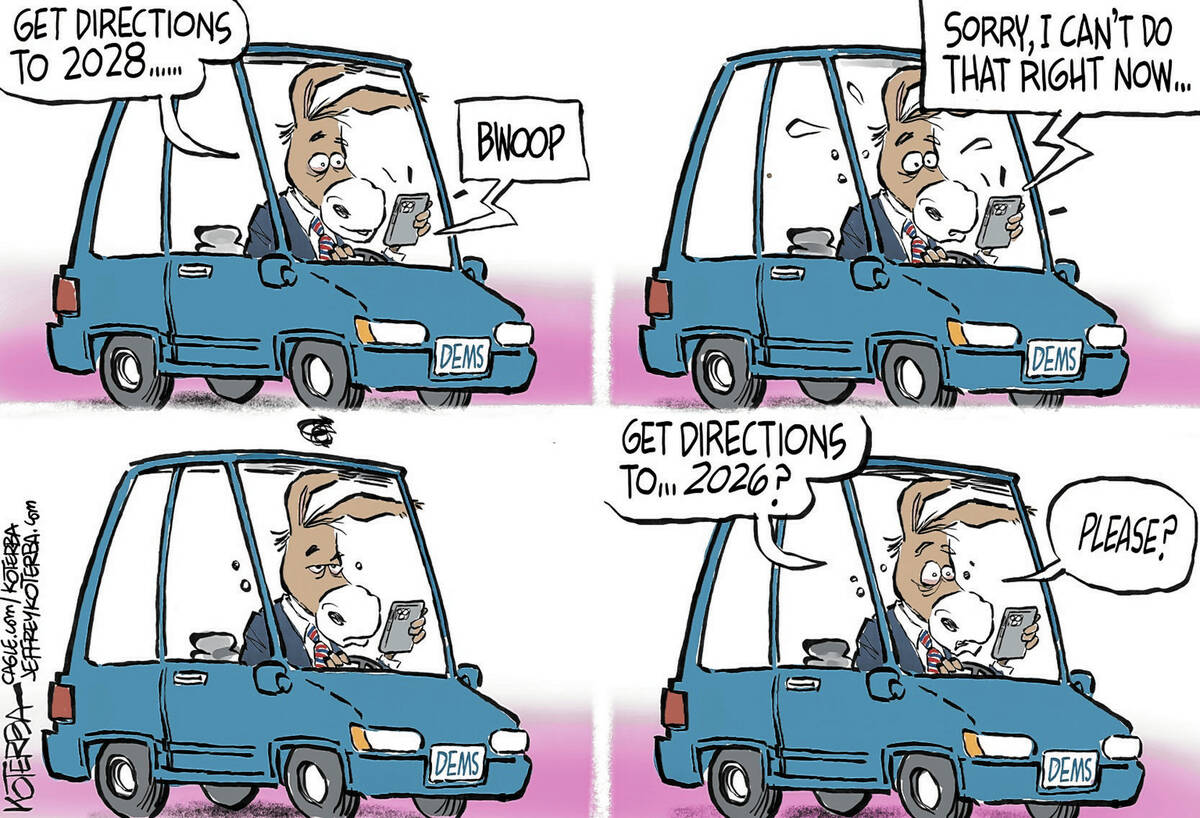Editorial cartoons have become a powerful medium for political commentary, particularly as the United States approaches the pivotal 2024 election. Across various platforms, artists are capturing the challenges facing the Democratic Party, highlighting their strategies and shortcomings in a time of heightened political scrutiny. This visual art form serves not only as entertainment but also as a reflection of public sentiment.
Global Perspectives on Political Struggles
In recent weeks, a wave of editorial cartoons from both domestic and international artists has illustrated the perceived desperation within the Democratic Party. These cartoons often depict key figures such as President Joe Biden and House Minority Leader Hakeem Jeffries grappling with issues including inflation, healthcare, and social justice. The themes resonate widely, as similar challenges are affecting political landscapes around the globe.
For instance, a cartoon from a prominent U.K. publication juxtaposes Biden’s policies with those of British Prime Minister Rishi Sunak, drawing parallels between the economic issues both leaders face. This kind of satire not only entertains but also stimulates conversation about governance and accountability.
Art as a Reflection of Public Sentiment
The engagement with these cartoons reflects a growing frustration among voters. The Democratic Party’s approval ratings have fluctuated amidst ongoing debates about economic policies and international relations. According to a recent Gallup poll, only 38% of Americans approve of Biden’s handling of the economy, a significant concern as the election draws near.
Editorial cartoons often serve as a barometer of public opinion, with artists capturing the essence of political discourse in a single frame. The visual nature of this medium allows for immediate impact, often infusing humor into serious subjects. As the election campaign intensifies, these illustrations may influence voter perceptions and decisions.
The role of editorial cartoons in shaping political narratives cannot be underestimated. They provide insight into the public’s mood while also challenging political norms. As the Democrats strategize for the upcoming election, the commentary from these artists may serve as both a warning and a guide, reflecting the urgent need for the party to address voter concerns effectively.
In conclusion, the editorial cartoons emerging from the current political climate in the United States highlight the critical challenges facing the Democratic Party. As artists from around the world weigh in on these issues, their work resonates with audiences, prompting discussions that extend beyond humor and into the realm of serious political analysis. The 2024 election is not just a contest of candidates; it is a reflection of the collective hopes and frustrations of the electorate.



